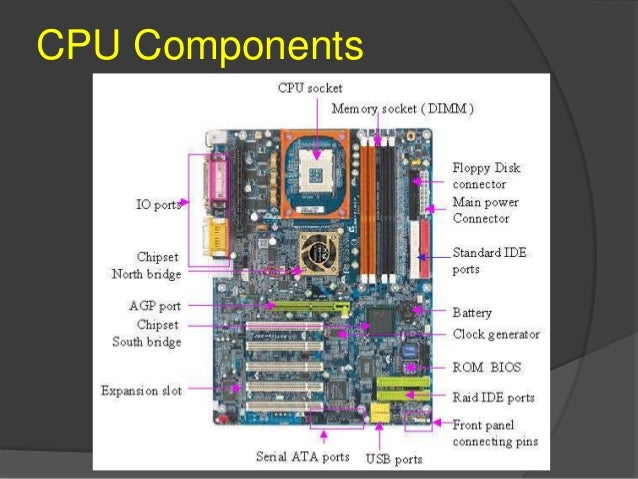Cpu Components And Functions Pdf Merge

Interpretation According to online computer resource Connexions, one of the functions of a computer is to interpret instructions. When you input data into a computer, it reads that data as a series of electronic impulses that it converts into ones and zeros. The CPU receives these ones and zeros, and then creates commands for the computer based on your request. The CPU also interprets data from all the other components inside the computer as well. Delegation After the CPU receives data or instructions from any part of the computer, it must determine what action needs to be taken based on that data.
You can optimize a PDF to make it easier for your business associates and website visitors to access its content. Ulead Photo Express 6 Serial Number. Ux Ultimate Experience Rapidshare Search. PDFs can be slow because they hold too much data.
If an instruction requires an image to be shown via the video card, the CPU must send the instructions to the video card to show the image. After receiving data, the CPU will then determine which part of the computer needs to act on the data received, and the CPU will delegate the necessary information to that part of the computer.
Memory A CPU needs to access information quickly, so one of the things it does to help speed up its own processing is to store important information in either RAM memory or CPU cache for quick retrieval. Miami Dade Artificial Reef Program Nj. If you are working on something that requires constant access to the hard drive, the CPU will store those instructions in the system RAM memory or the CPU cache so it can access the information quicker. The CPU will also allocate part of the RAM for repeated functions such as the operating system and drivers for external and internal devices. Gateway It is important to remember that the CPU's function is more interpretive than proactive, according to the University of Rhode Island. The CPU does not make deductive decisions on whether something will work or not. The CPU takes the information it is given, creates commands for the appropriate device or program within the computer and then delivers those instructions. If there is a problem with the computer or the instructions it is given, the CPU will only report the problem.
